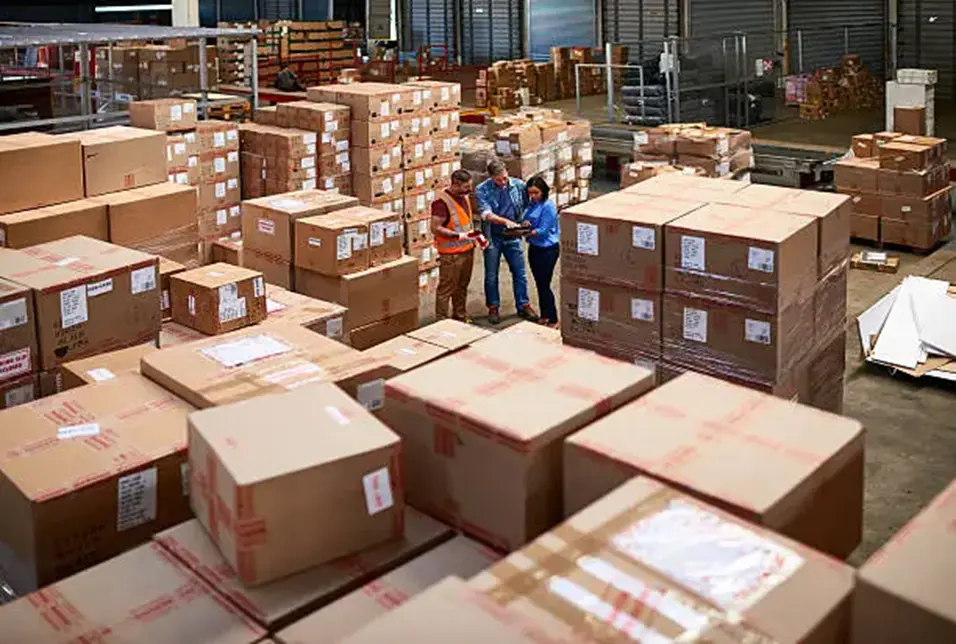When businesses think about streamlining their supply chain, two elements often come to the forefront: warehousing and distribution. These functions are not standalone; instead, they work together to ensure that products move efficiently from manufacturers to end customers. A business that masters both logistics, warehousing, and distribution gains a competitive edge by reducing costs, improving delivery speed, and maintaining customer satisfaction. Let us explore why these two functions go hand in hand and why companies should prioritize them.
The role of warehousing in the supply chain
Warehousing serves as the backbone of the supply chain by providing a secure place to store goods before they are distributed. It is more than just a storage space; modern facilities incorporate advanced inventory management systems, climate control, and automation to handle large volumes effectively. A well-managed warehouse storage system ensures that products are always available when needed, reducing delays and minimizing risks of stockouts. By strategically placing warehouses near major markets, businesses can respond quickly to demand changes and keep transportation costs under control.
Distribution is the link between businesses and customers
Distribution is the process that bridges warehousing and customers. Once goods are safely stored, they must be moved efficiently to retailers, wholesalers, or directly to end users. Strong distribution systems rely on reliable transportation networks, optimized routes, and real-time tracking technology. This ensures timely deliveries, which is vital for maintaining customer trust. In today’s market, customers expect speed, transparency, and accuracy in deliveries, making distribution just as critical as the warehousing function itself.
Why warehousing and distribution must work together
The real efficiency of a supply chain lies in how seamlessly warehousing and distribution complement each other. If a warehouse operates effectively but distribution is slow, customer satisfaction suffers. Conversely, even the fastest distribution system cannot function properly without accurate inventory management in the warehouse. Businesses that integrate these two functions experience smoother operations, cost savings, and consistent service quality. This synergy is particularly crucial in industries like e-commerce, where demand fluctuations require both flexible warehousing and agile distribution systems.
Technology’s impact on efficiency
Technology has transformed how warehousing and distribution function together. Tools such as warehouse management systems (WMS), predictive analytics, and GPS tracking help businesses monitor inventory, anticipate demand, and streamline delivery schedules. By connecting both areas through digital platforms, companies gain real-time visibility across the supply chain. This not only reduces errors but also allows businesses to adapt quickly to unexpected changes in demand or supply.
Building customer satisfaction through integration
Ultimately, customers benefit most from a supply chain where warehousing and distribution work in harmony. Quick restocking, accurate order fulfillment, and reliable delivery all contribute to a positive buying experience. Businesses that invest in aligning logistics warehousing with distribution not only reduce operational inefficiencies but also build stronger relationships with their customers.
Final thoughts
Warehousing and distribution are inseparable elements of a modern supply chain. By optimizing warehouse storage while ensuring reliable distribution networks, businesses create a system that balances efficiency, cost-effectiveness, and customer satisfaction. Companies that treat these functions as a unified strategy are better positioned to adapt to market demands, manage risks, and achieve long-term growth.
Also Read-Innovative Test Generation Techniques for Modern Applications
